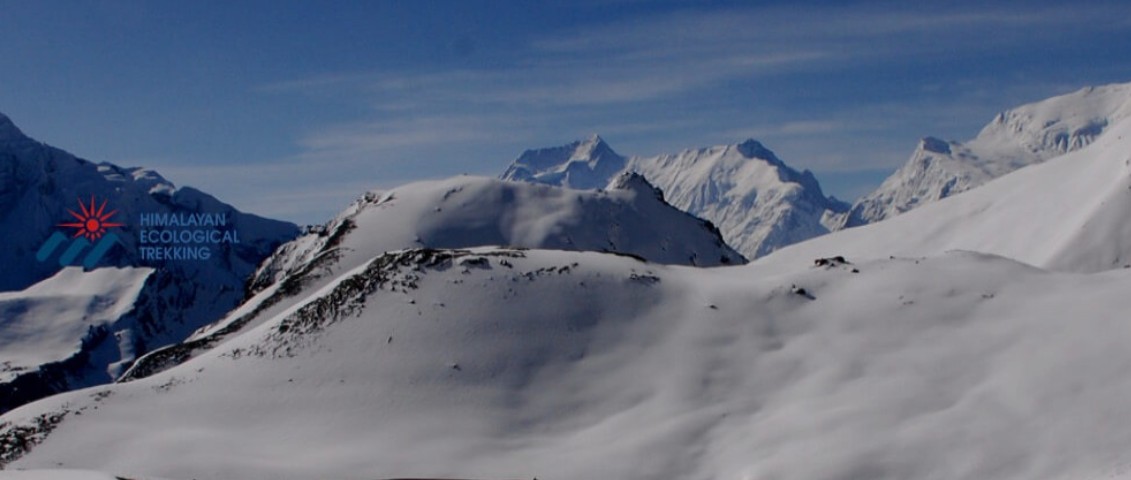
Trekking to the base of the world’s tallest mountain isn’t just about conquering height—it’s about discovering yourself. If you’ve ever wondered what it’s like to take on the Everest Base Camp Trek, or how it compares to something like Pikey Peak Trekking, this guide is here to walk you through every step—literally and emotionally.
We’re talking about real advice, no frills. Friendly tips, honest experiences, and easy-to-understand explanations. Whether you’re just dreaming or already preparing your hiking boots, keep reading for insights on how to make your Everest journey truly unforgettable.
How Difficult is the Everest Base Camp Trek?
Let’s be honest: the Everest Base Camp Trek isn’t a walk in the park. But it’s not reserved only for elite athletes either. The trail is doable for anyone who is reasonably fit and has the mental willpower to keep moving uphill.
-
The trek takes about 12–14 days, depending on your pace and acclimatization.
-
The maximum altitude you’ll reach is around 5,364 meters (17,598 feet).
-
There are no technical climbing skills needed—just lots of walking.
If you’ve done other Himalayan treks, like Pikey Peak Trekking, you already have a good base. Pikey Peak is lower in altitude and makes a great practice trek for Everest Base Camp.
What Should You Pack for the Everest Base Camp Trek?
Packing smart is key. Carrying a heavy backpack up to Everest Base Camp is not fun. So, focus on essentials that keep you warm, dry, and energized.
-
Waterproof trekking boots with good grip
-
Layered clothing: base layer, fleece, and outer shell
-
A down jacket that handles sub-zero temperatures
-
Gloves, thermal socks, and a warm hat
-
Sunglasses and high SPF sunscreen
-
Water purification tablets or a reusable filter
-
A good-quality backpack and a sleeping bag rated for -10°C or lower
-
Headlamp, reusable water bottles, and energy bars
Just like Pikey Peak Trekking, conditions can be unpredictable. Layers allow you to adjust based on weather and altitude.
Where Does the Everest Base Camp Trek Start?
Your journey starts with a thrilling flight to Lukla—a tiny mountain airstrip perched between hills. From Lukla, the trail winds through Sherpa villages, pine forests, and open mountain valleys.
Key highlights along the route include:
-
Namche Bazaar – The buzzing Sherpa town
-
Tengboche Monastery – Spiritual vibes and epic mountain views
-
Dingboche and Lobuche – Places to acclimate and rest
-
Gorakshep – The last stop before Base Camp
-
Everest Base Camp – The destination you’ve been dreaming of
Compared to Pikey Peak Trekking, which also begins in the Solu region, the Base Camp trail climbs higher and goes deeper into the heart of the Himalayas.
When is the Best Time to Go?
The two most popular seasons are:
-
Spring (March to May) – Clear skies, blooming rhododendrons, and great views.
-
Autumn (September to November) – Crisp air, blue skies, and dry trails.
Avoid the monsoon (June to August) due to slippery paths and leeches, and winter (December to February) if you’re not used to extreme cold.
If you’re unsure about your fitness or the cold, start with Pikey Peak Trekking during spring—it’s a fantastic warm-up before you aim for Everest.
How to Acclimatize Safely
Altitude sickness is real, and it can hit anyone, no matter how fit you are. The trick is to listen to your body and take acclimatization seriously.
-
Stay hydrated—3 to 4 liters of water daily
-
Climb high, sleep low whenever possible
-
Add extra rest days in Namche and Dingboche
-
Avoid alcohol and smoking
-
Consider medication like Diamox (after medical consultation)
Taking the slower-paced Pikey Peak Trekking first can help your body adapt to altitude, improving your chances at Everest Base Camp later.
What is Life Like on the Trail?
Imagine waking up in a cozy tea house with snow-covered peaks outside your window. The trail is lined with prayer flags, stone steps, and swinging bridges over roaring rivers.
-
Meals are simple: think dal bhat, noodles, eggs, and potatoes
-
Tea houses offer basic beds and warm meals
-
Wi-Fi and charging stations are available, but limited
-
Fellow trekkers quickly feel like family
Compared to the relatively quieter Pikey Peak Trekking, the Everest trail sees more traffic, especially in peak season. But the shared excitement in the air is contagious.
Is the Trek Worth It?
Absolutely. Standing at Everest Base Camp and looking up at the mighty Khumbu Icefall is an emotional experience. You’ll feel proud, humbled, and maybe even tearful.
The journey makes you appreciate the strength of the human body and the peace that comes from disconnecting from modern chaos.
And if you’ve already fallen in love with the Himalayas on a trip like Pikey Peak Trekking, Everest Base Camp is the next natural step in your adventure story.
Final Friendly Tips Before You Go
-
Book your flights and permits in advance, especially in high season
-
Hire a guide or porter if you’re unsure or just want to enjoy the views
-
Train beforehand with hill walks and cardio sessions
-
Bring snacks—chocolate can be a huge morale booster
-
Keep a travel journal—it’ll be something you’ll treasure forever
The Everest Base Camp Trek is not just a hike—it’s a journey into the heart of the Himalayas and yourself. With simple planning, the right gear, and a positive mindset, it’s something you can achieve. And if you’re just starting out, doing Pikey Peak Trekking first gives you the perfect introduction to mountain life, preparing you physically and mentally.
